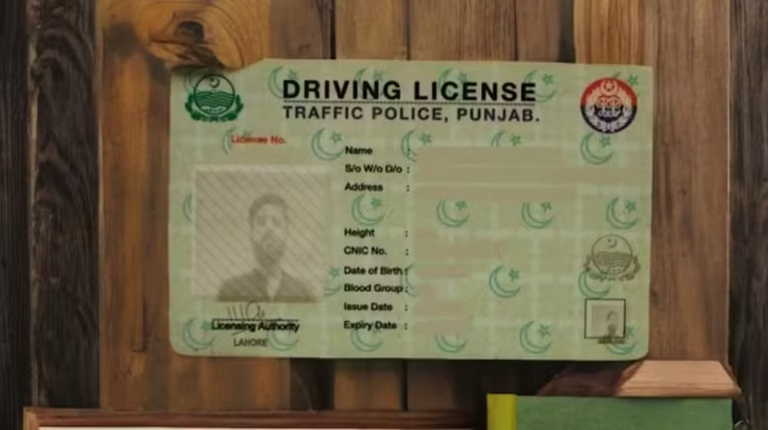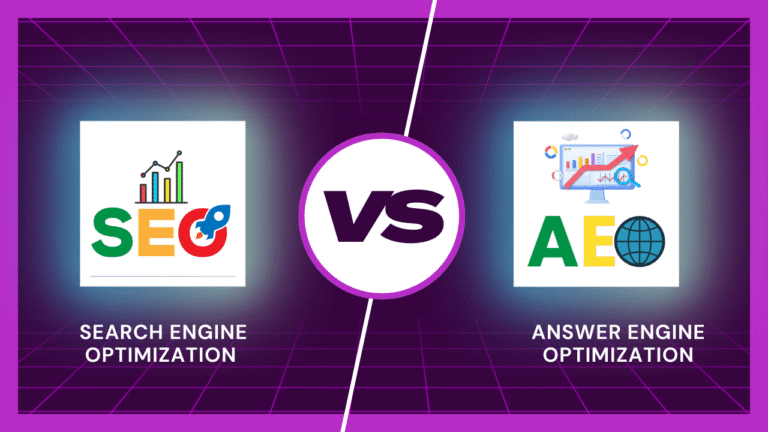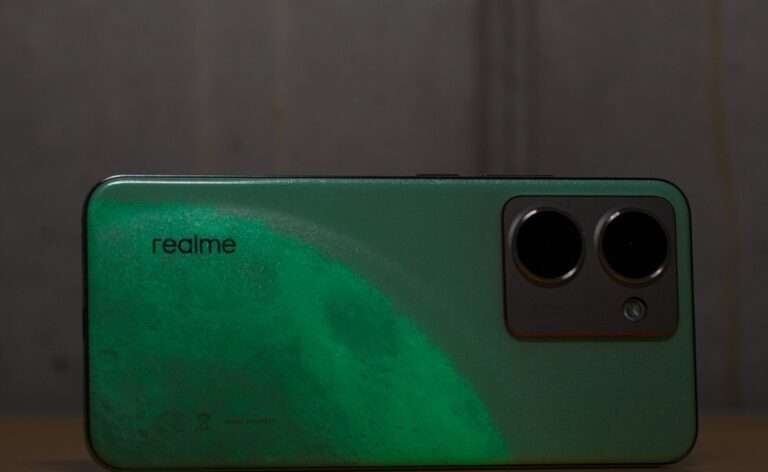|
Getting your Trinity Audio player ready...
|
In today’s digital world, identity verification plays a crucial role in ensuring security, preventing fraud, and complying with regulations. Businesses, financial institutions, and even social media platforms use online ID verification methods to authenticate users and minimize risks. This article explores how online ID verification works, the technologies involved, and why it is essential.
What is Online ID Verification?
Online ID verification is the process of confirming an individual’s identity using digital methods. It ensures that a person is who they claim to be before granting access to services, making transactions, or approving account creation.
Why is Online ID Verification Important?
- Prevents fraud and identity theft
- Ensures compliance with regulations (KYC, AML, GDPR, etc.)
- Enhances security in digital transactions
- Speeds up the verification process for users
- Protects businesses from financial losses
How Does Online ID Verification Work?
Step 1: Document Upload
The first step in the ID verification process is for users to upload a government-issued ID, such as a passport, driver’s license, or national ID card.
Step 2: Data Extraction & Verification
Advanced Optical Character Recognition (OCR) technology extracts details from the uploaded document. The system then cross-checks the information with official databases or third-party sources.
Step 3: Liveness Detection & Face Matching
To prevent identity fraud, users may need to capture a live selfie or video. AI-powered facial recognition matches the user’s face with the photo on their ID.
Step 4: Authentication & Decision
Once the data and biometrics are verified, the system either approves or rejects the user’s identity verification request. If discrepancies are found, manual review may be required.
Types of Online ID Verification
1. Document Verification
This method involves scanning government-issued IDs to validate their authenticity.
2. Biometric Verification
Uses facial recognition, fingerprints, or voice recognition to verify identity.
3. Knowledge-Based Authentication (KBA)
Asks security questions based on personal information, such as previous addresses or banking details.
4. Two-Factor Authentication (2FA)
Requires an additional step, such as a one-time password (OTP) sent via SMS or email.
5. Database Verification
Cross-references user information with official databases, credit bureaus, or social security records.
Technologies Used in Online ID Verification
Artificial Intelligence (AI) & Machine Learning
AI enhances accuracy by learning from verification patterns and detecting fake documents.
Blockchain Technology
Ensures data security, transparency, and prevents identity fraud.
Optical Character Recognition (OCR)
Extracts text from images for automated verification.
Facial Recognition & Liveness Detection
Compares user selfies with ID photos and prevents spoofing attempts.
Industries That Rely on Online ID Verification
1. Financial Services & Banking
Banks use ID verification to comply with Know Your Customer (KYC) and Anti-Money Laundering (AML) regulations.
2. E-Commerce & Online Retail
Online businesses verify customer identities to prevent fraudulent transactions.
3. Healthcare & Telemedicine
Verifying patient identities ensures secure access to medical records.
4. Cryptocurrency & FinTech
Crypto platforms require ID verification to comply with financial regulations.
5. Government & Public Services
E-government services use digital ID verification for tax filing, voting, and social benefits.
Benefits of Online ID Verification
- Enhanced security and fraud prevention
- Improved customer trust and compliance
- Faster and seamless verification processes
- Cost-effective for businesses
- Global accessibility and scalability
Challenges & Future of Online ID Verification
Despite its benefits, online ID verification faces challenges such as privacy concerns, deepfake threats, and data security issues. The future of ID verification will likely involve decentralized identity solutions, AI advancements, and stronger regulations to ensure trust and security in digital identity management.
FAQs About Online ID Verification
1. How long does online ID verification take?
Most verifications are completed within seconds, but manual reviews can take a few minutes to hours.
2. Is online ID verification safe?
Yes, reputable platforms use encryption, AI, and blockchain to secure user data.
3. What documents are required for ID verification?
Commonly accepted documents include passports, driver’s licenses, and national ID cards.
4. Can ID verification be done without a smartphone?
Yes, some methods allow verification via a desktop or email-based submission.
5. What happens if my ID verification fails?
Users may need to submit additional documents or undergo a manual review.






